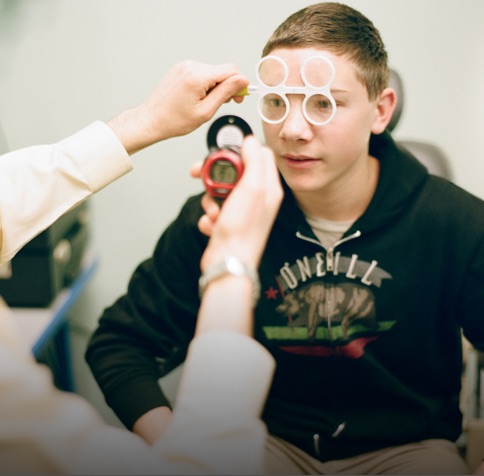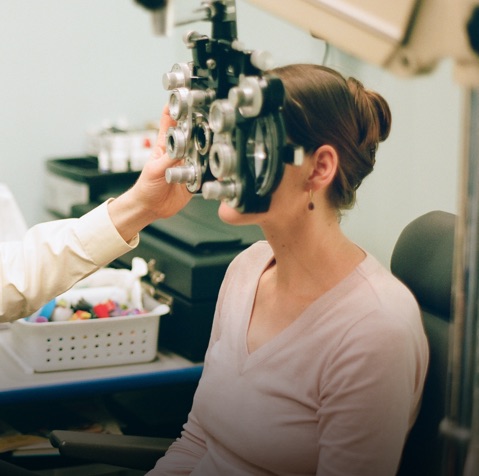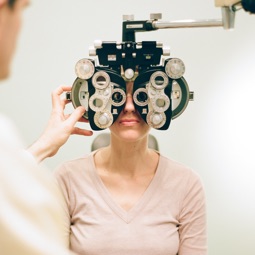Common Eye Diseases & Conditions
Glaucoma
Glaucoma is one of the most talked-about eye diseases worldwide for a couple of reasons. First, glaucoma can develop for years without symptoms, but the damage it causes is permanent. Second, it is highly prevalent, with nearly 3 million Americans currently living with the disease.
Glaucoma, and it’s various types, often refers to the buildup of intraocular pressure (IOP) caused by your eyes not draining fluids fast enough to maintain a stable IOP level. When this pressure rises, it damages your optic nerve and leads to vision loss. However, some types of glaucoma still occur without raising IOP.
There are 3 common types of glaucoma:
- Open-angle glaucoma occurs when your IOP levels rise, but the drainage angle between your iris and cornea remains open. Over time, the building intraocular pressure damages your optic nerve, causing vision loss.
- Closed-angle, or angle-closure, glaucoma occurs when the drainage angle between your iris and cornea closes, rapidly increasing IOP levels and causing vision loss. Closed-angle glaucoma is considered a medical emergency and requires immediate attention.
- Normal-tension glaucoma occurs when your optic nerve is damaged, but your IOP levels are within a normal range. Both optometrists and researchers aren’t sure why this happens, but routine comprehensive eye exams can detect them.
Age-Related Macular Degeneration
Age-related macular degeneration (AMD) is one of the leading causes of blindness in adults over 55. It occurs when the macula, the part of your retina responsible for central vision, deteriorates over time.
There are 2 common ways AMD can affect your macula:
- Dry AMD occurs when lipids, known as drusen, form behind the macula, causing it to deteriorate over time and leading to vision loss.
- Wet AMD occurs when abnormal blood vessels develop underneath your macula that break and leak, damaging your macula and vision. Wet AMD is responsible for the majority of AMD-related blindness and is considered a medical emergency.
Cataracts
Cataracts are a common eye condition occurring when your clear crystalline becomes rigid and opaque, creating a milky appearance that clouds over your lens.
Vision problems related to cataracts are often corrected using glasses and contact lenses. The only way to remove the cataract is with cataract surgery, which replaces the cataract lens with an artificial intraocular lens.
Conjunctivitis
Conjunctivitis, also known as red eye or pink eye, is a common eye condition that occurs for various reasons. While the causes may differ, common symptoms may include redness, itchiness, irritation, and stringy, mucusy discharge.
There are a few common types of conjunctivitis:
- Allergic conjunctivitis is caused by allergic reactions. These symptoms can be managed using allergy medication and eye drops. Please consult with our optometrist before using any over-the-counter medications.
- Bacterial conjunctivitis is contagious and could require the use of antibiotics to manage. Please avoid touching public-use items and seek assistance from our optometrist.
- Viral conjunctivitis is also contagious and will need to run its course before you experience relief. Symptoms should dissipate over a couple of days, but please speak to our optometrist if they’re persisting longer than expected.















